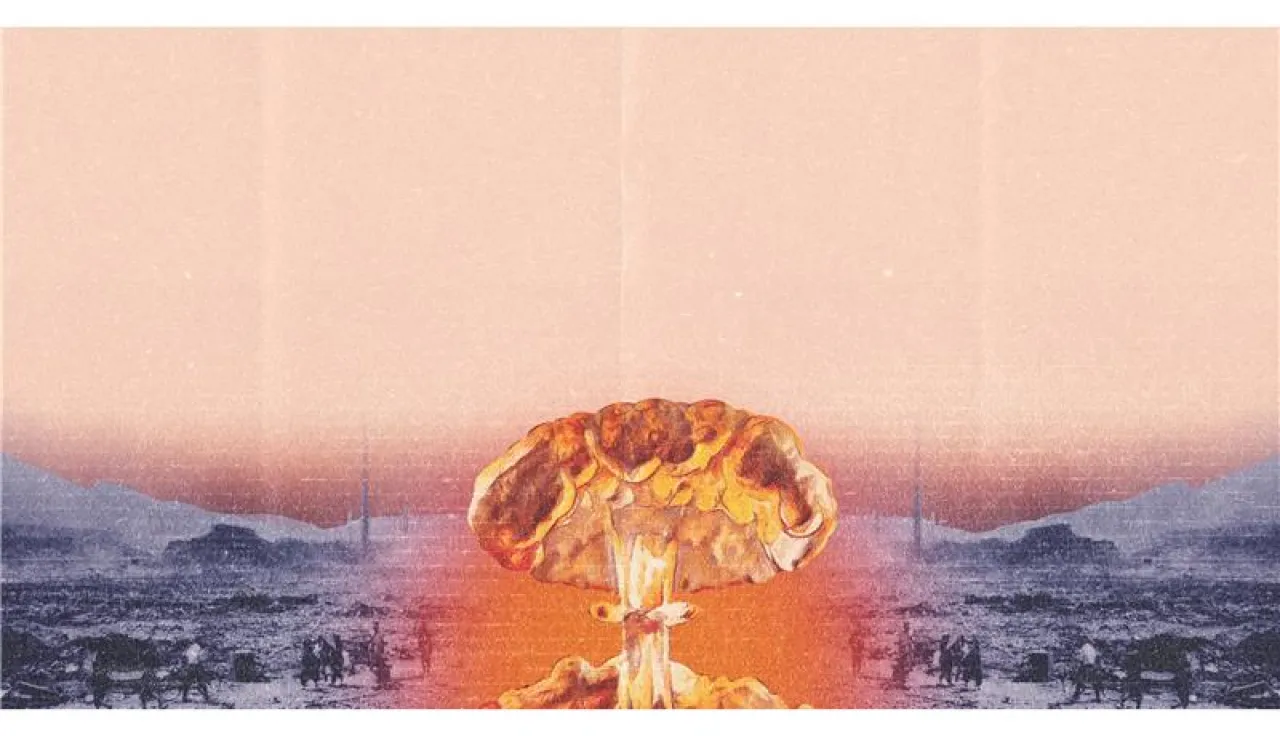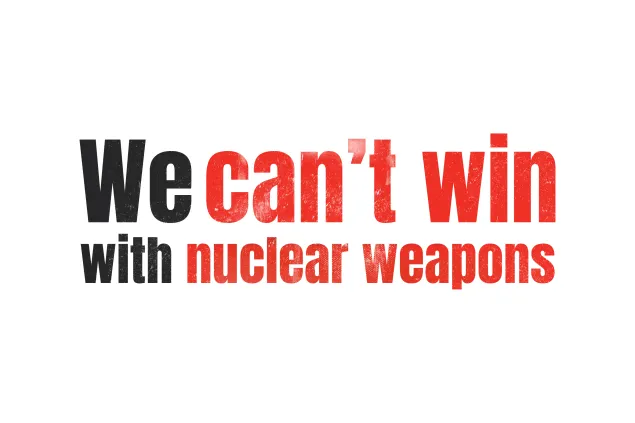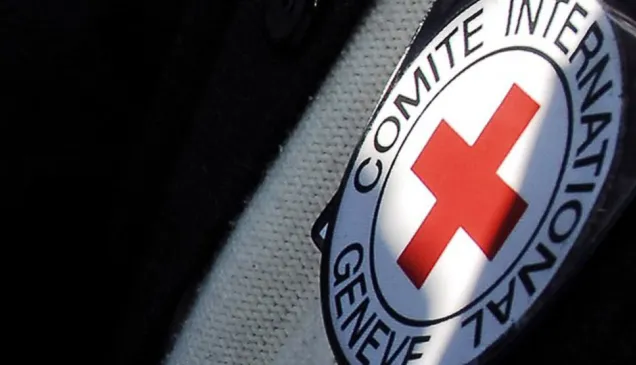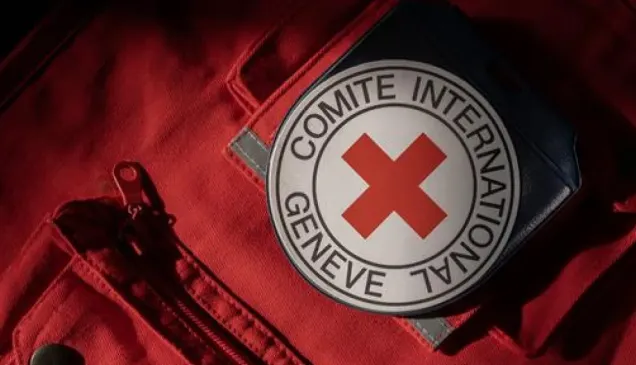Hiroshima 80 years on: The humanitarian imperative to eliminate nuclear weapons

On 6 August 1945, a single atomic bomb turned Hiroshima into a scene of horrifying devastation. Eight decades later, over 12,000 nuclear weapons still exist.
Eighty years ago, Hiroshima, and then Nagasaki, became symbols not only of war’s horror, but of its devastating escalation.
They were the first - and the only - cities in history to suffer the devastation of nuclear weapons. Tens of thousands of people were killed instantly; hundreds of thousands more would suffer the consequences for years, decades, and generations to come.
In Hiroshima, 92% of nurses and 90% of doctors were killed. Eighty percent of the city’s medical infrastructure was destroyed. Those who survived were left with severe injuries, radiation sickness, and little to no medical care.
Yet, almost unbelievably, the atomic bombs dropped on those cities were, by today’s standards, relatively small.
A growing global threat
Today, an estimated 12,000 nuclear weapons remain in global arsenals - over 9,000 of which are operational, with some ready to be launched at a moment’s notice. Together, they represent 2,000 megatons of destructive power - the equivalent of 135,000 Hiroshima bombs.
As geopolitical tensions rise and conflicts continue to rage around the world, the risk of nuclear weapon use - intentional or accidental - is growing. At the same time, long-standing commitments to disarmament are eroding.
No possible humanitarian response
The detonation of even a single nuclear weapon in or near a populated area would result in mass casualties, total destruction of medical infrastructure, and long-term environmental damage. It is unlikely any state, international body or humanitarian organization could adequately respond to the scale of immediate humanitarian needs.
The impact on modern society — food production, health systems, trade — would be catastrophic.
A weapon that cannot comply with the laws of war
International humanitarian law (IHL) applies to all means and methods of warfare - including nuclear weapons. It prohibits indiscriminate and disproportionate attacks, requires distinction between civilians and combatants, and protects the environment from widespread, long-term and severe damage.
Given the wide-scale, long-lasting and uncontrollable effects of nuclear weapons, it is extremely doubtful they could ever be used in accordance with the principles and rules of IHL.
The ICRC’s long-standing position is clear: the use of nuclear weapons is incompatible with the principles of humanity and the dictates of public conscience.

A legal and moral roadmap: The Treaty on the Prohibition of Nuclear Weapons (TPNW)
On 22 January 2021, the Treaty on the Prohibition of Nuclear Weapons (TPNW) entered into force. It is the first legally binding international agreement to fully ban nuclear weapons, in line with IHL.
It prohibits:
- Use and threat of use
- Development, testing, and stockpiling
- Production and deployment
It also obliges States to assist victims of nuclear use and testing and to clean up contaminated environments.
As of June 2025, 73 States have ratified the treaty and 25 more have signed. The ICRC and the Red Cross and Red Crescent Movement strongly support this treaty, which formalizes the legal taboo against these weapons and provides pathways for their total elimination - including for nuclear-armed States.
What needs to happen now
The ICRC calls on all States - especially those possessing nuclear weapons or allied with nuclear-armed States - to:
- Refrain from any use or threat of use of nuclear weapons
- Condemn all threats, whether implicit or explicit
- Reverse the erosion of the nuclear disarmamentand arms control framework
- Reinforce the stigma against nuclear use
- Join the TPNW, or at minimum:
- Reduce the role of nuclear weapons in military doctrines
- Lower alert levels
- Adopt no-first-use policies
- Increase transparency and risk-reduction measures
The story of Hiroshima is more than a catastrophic moment in history - it is a warning. Nuclear weapons are unique in their destructive power, their effects immeasurable and indiscriminate, and their existence a threat to all life.
Eighty years on, eliminating nuclear weapons is no longer just a moral ideal - it is a humanitarian imperative.
Key Facts
12,000 nuclear weapons exist globally
2,000 megatons of explosive power = 135,000 Hiroshima bombs
9,000+ operational warheads, some on high alert
73 States have ratified the TPNW
25 additional States have signed it



